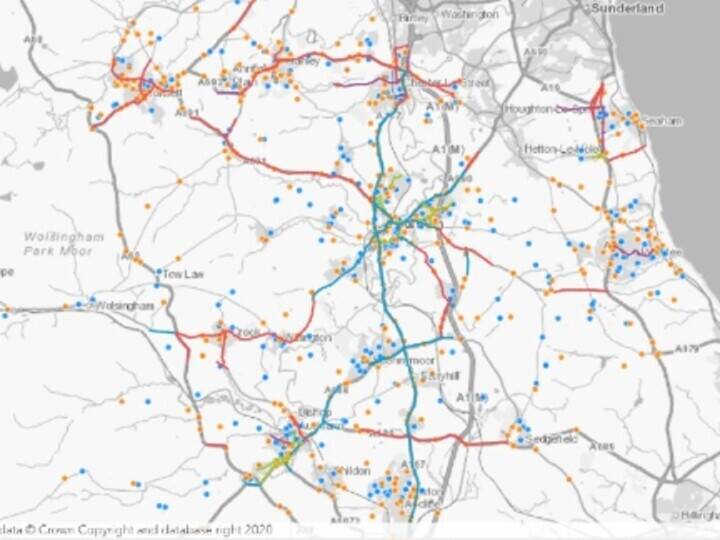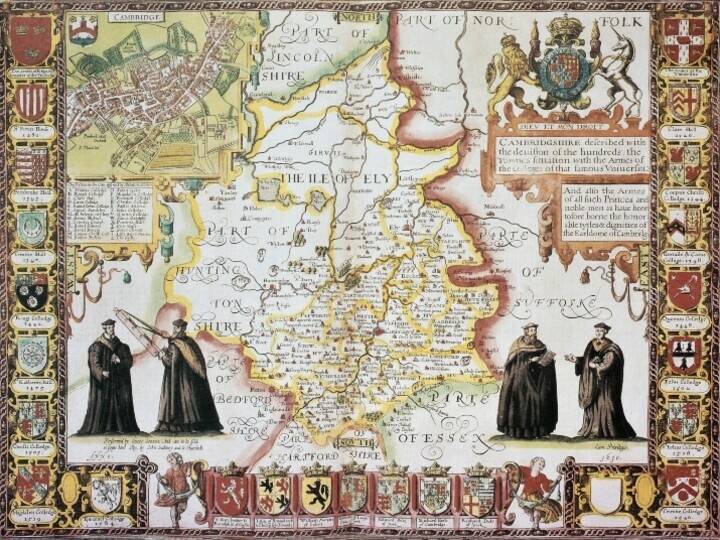Exemplar Award Winner- Winner National Gazetteers Integration Award 2011: Bristol City, South Gloucestershire, Bath & North East Somerset, North Somerset Councils, Police, Fire & Ambulance Emergency Services, Primary Care Trusts & the NHS in the greater Bristol Area
South Gloucestershire Council won funding to set up an asset management project to manage public sector property assets more effectively across the sub-region. Bristol City Council’s GIS department provided the technical lead.
One of the main aims of this project was to share the property asset data of all the public sector partners, including local authorities, PCTs, police, fire and ambulance services, and then to create a comprehensive asset map. The map would enable partners to gain an understanding of the property assets across the subregion and their respective service requirements. This would allow them to work in a more coordinated way, share best practice and generally make better use of the property assets they owned.
Asset managers from local authorities, the emergency services and primary care trusts across the sub-region met in order to agree common data formats, base on the LLPG, and commit to collating all their asset data for submission to a central database to be hosted by Bristol. The unitary councils agreed to act as data custodians for their areas, and to collate data from the partners.
The partners were keen from the outset to ensure that their initial efforts to create the asset map were not wasted by the map becoming out-dated, and to agree a process to enable the data to be updated in a simple and cost-effective way.
During initial discussions it became apparent that some of the partners, were already looking to release space in some of their properties to save costs and improve efficiency. Other organisations were considering the disposal of some of their assets and looking to share office space and other facilities with partners.
Outcomes
The mapping resources are available online and are fully searchable. A pop-up box provides an address, property classification, a property reference number and contact details for the person responsible for managing the property. The secure asset managers’ version is more sophisticated, providing full GIS based search facilities plus the ability to ‘post’ opportunities. This enables asset managers to share information and let each other know when a building might have some free space available, or is available for let or up for sale. Some innovative shared space arrangements have arisen as a result, with savings of over £1.5m per year.
Service users benefit from more convenient, joined-up service provision. Tenants benefit from rents that may be below normal market levels and building owners benefit from increased contributions to their own management costs.
Assets managers attend regular meetings to share information and keep the collaboration on track. A Service Level Agreement is in place, under which all data custodians receive data updates from partners in their area. The local authority GIS teams act as custodians, format the data and submit it together with their own data to BCC. This ensures data currency and continued reliance on the system to facilitate collaborative use of property assets across the sub region. There are now plans in place to add community assets such as social clubs and community centres whether they are owned by the local authorities or not.
Key benefits
• using the LLPG has helped to facilitate data sharing and maintenance
• feedback has also helped to improve the LLPG
• main property assets now appear on accessible, searchable online maps which are available to all
• asset managers can share asset data across the sub-region, and post opportunities that lead to shared proposals for more effective asset use or disposal
• there are projected savings of £1.5m per year
• a second phase has recently been concluded which includes wider publicly held assets such as MOD buildings and the Highways Agency
• it is now much easier to supply data for other initiatives such as the DCLG public asset map – http://publicassets.communities. gov.uk
View from the authority
“The LLPG is firmly embedded in the systems used across Huntingdonshire District Council so it was not difficult to recognise that it would provide the key to unlock the information that has enabled the housing strategy Team to target under occupancy. The LLPG was also used to provide an overall picture of under occupancy using maps. When it is possible to see the data geographically, other possibilities arise which we believe will lead to new developments that are appropriate in size and in the right locations.”
-David Lloyd LLPG Custodian, Huntingdonshire District Council.



